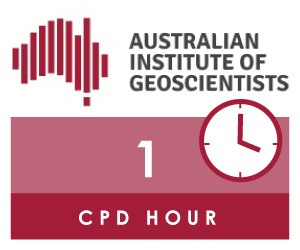| |
 Geological Society of Australia Western Australia Division Monthly Talk for September 2014
Geological Society of Australia Western Australia Division Monthly Talk for September 2014Abstract: The southernmost portion of the Indian subcontinent, the Southern Granulite Terrane of India, holds a pivotal role in the reconstructions of the Ediacaran- Cambrian supercontinent Gondwana. Bound to the west by Madagascar and the East African continental fragments, and to the east by Sri Lanka and Antarctica, this terrane offers a breadth of information regarding across-terrane correlations and palaeotectonic settings. Arguably, within the Southern Granulite Terrane of South India, the most debated issue of all is the existence of a late Neoproterozoic (ca. 550 – 500 Ma) suture zone between the Salem and Madurai Blocks, termed the Palghat Cauvery Shear Zone (or alternatively, the Cauvery Shear Zone). An integrated approach, using geochronological, geochemical, isotopic and structural methods, was used to help address the ambiguity associated with the location of this late Neoproterozoic suture zone.
About the speaker: Diana recently joined Curtin University as a Postdoctoral Research Associate on the Distal Footprints Science and Industry Endowment Fund (SIEF) research project, looking at the tectonic evolution of the Capricorn Orogen. Prior to her arrival at Curtin, she completed a BSc (Hons) at the University of Adelaide in 2005. At the completion of her studies, she went on to work in the mining industry (including coal mining and gold exploration in Queensland and Northern Territory, respectively) for up to three years. She then returned to the University of Adelaide to complete her PhD in 2014. Diana has been awarded ASEG and AIG scholarships to attend international conferences. Her research interests include integration of a variety of analytical and field geology methods, including U-Pb zircon geochronology, Lu-Hf and Sm-Nd isotopic systems, geochemistry and structural studies, in order to decipher the tectonic evolution of polydeformed high-grade terranes. Her current research focus is on the use of rutile and other indicator minerals as geochronological and geochemical tracers in polydeformed terranes, with particular emphasis on the tectonic evolution and mineralization in the Proterozoic Capricorn Orogen, Western Australia.